Hi everyone!
It is time for another instalment of the monthly paper round-up for readers of the open source solutions feed. You may have noticed that there was no round-up for October. This round-up covers two months.
I usually share these within the first few weeks of the following month to allow search engines to index all the relevant papers. The short summaries are written by me. Please let me know if you spot any mistakes.
This is not necessarily an endorsement of any of the presented work and this list is not intended to be comprehensive. I collect these papers from multiple indexing sources. If you think I missed something good, please share below.
All images are taken from the respective paper for education (fair use). They may be copyright material.
Now, enjoy the picks for October and November 2024!
Paper round-up
ESPressoscope: A small and powerful approach for in situ microscopy
This paper presents an open-source system for doing in-situ microscopy. It is based on the ESP32, meaning that it can support Wi-Fi connectivity. The authors describe five application-specific configurations: Matchboxscope, Anglerfish (for observing microorganisms underwater), ESPlanktoscope (has an in-built peristaltic pump), ESPectrophotometer (visible-light spectrophotometer), and HoloESP (lensless, holographic).
Project: https://github.com/Matchboxscope/Matchboxscope
Paper: https://doi.org/10.1371/journal.pone.0306654
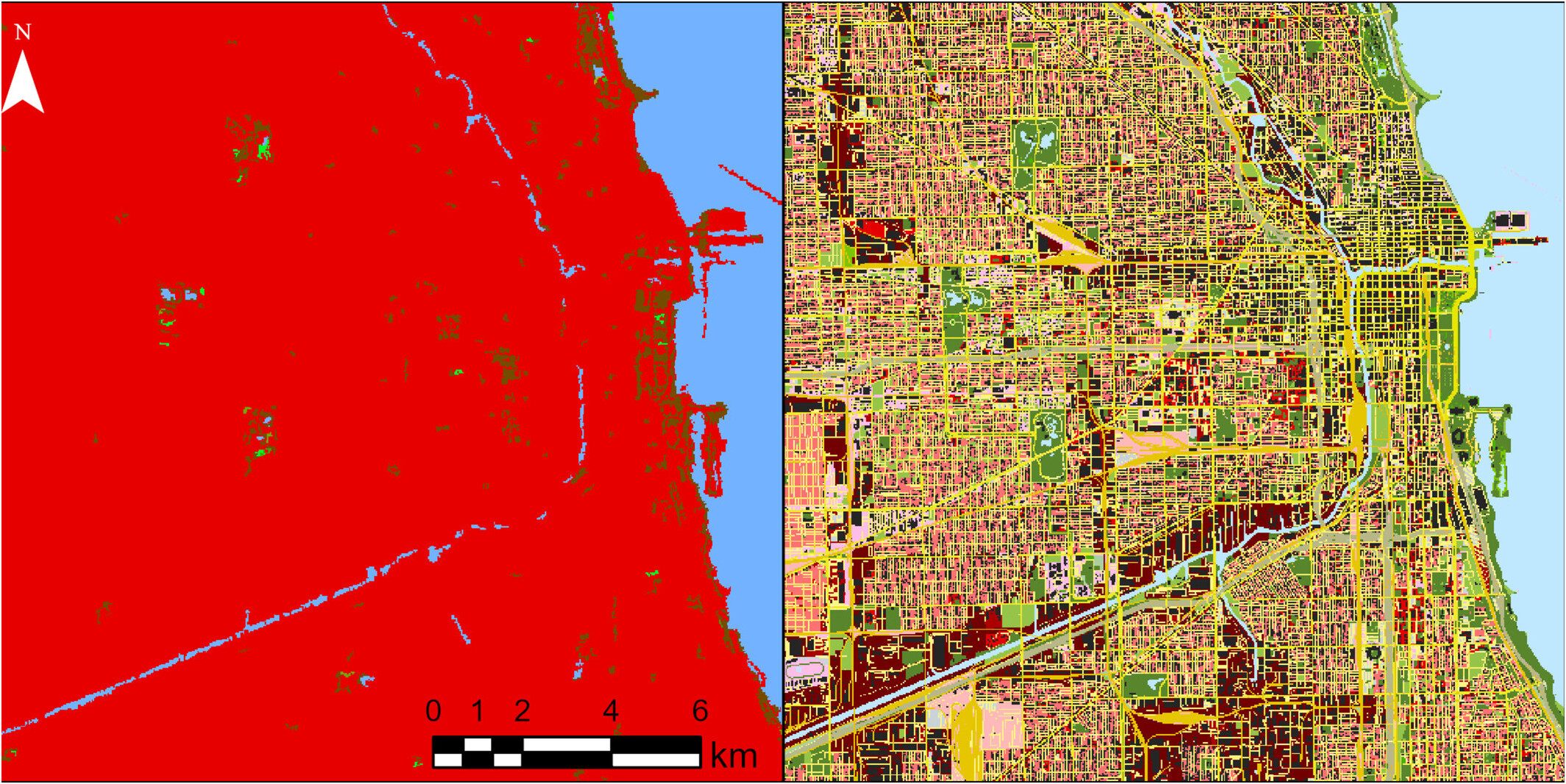
Leveraging Open-Source Geographic Databases to Enhance the Representation of Landscape Heterogeneity in Ecological Models
Animals movements are strongly affected by the landscape they navigate. This makes land cover maps a crucial tool for movement ecologists. Existing global land cover maps represent urban areas as a single type of landscape, despite those often being highly heterogeneous. This paper provides R software for extracting geographical features from OpenStreetMap (OSM).
Project: https://github.com/tgelmi-candusso/OSM_for_Ecology
Paper: https://doi.org/10.1002/ece3.70402
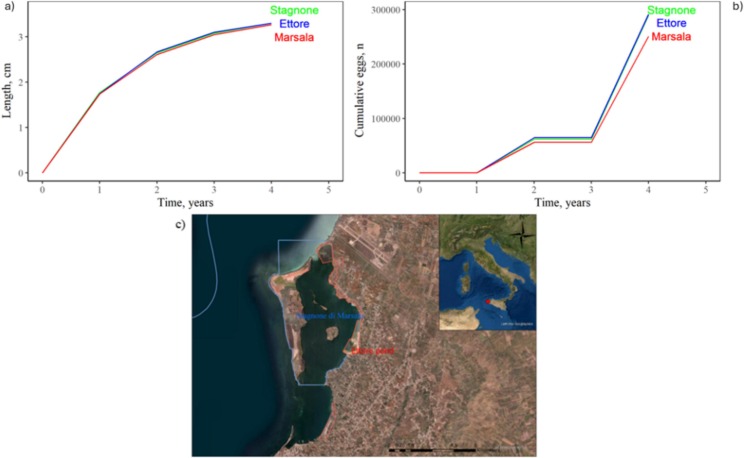
DEBEcoMod: A dynamic energy budget R tool to predict life-history traits of marine organisms across time and space
DEBEcoMod is an open-source R script for applying Dynamic Energy Budget (DEB) theory to predict traits (like size and weight) of marine organisms. The paper explains the model, and then presents three case studies. This work is particularly focused on applications in managing resources for marine aquaculture.
Project: https://github.com/DEBEcoMod/DEBEcoMod.git
Paper: https://doi.org/10.1016/j.ecoinf.2024.102897
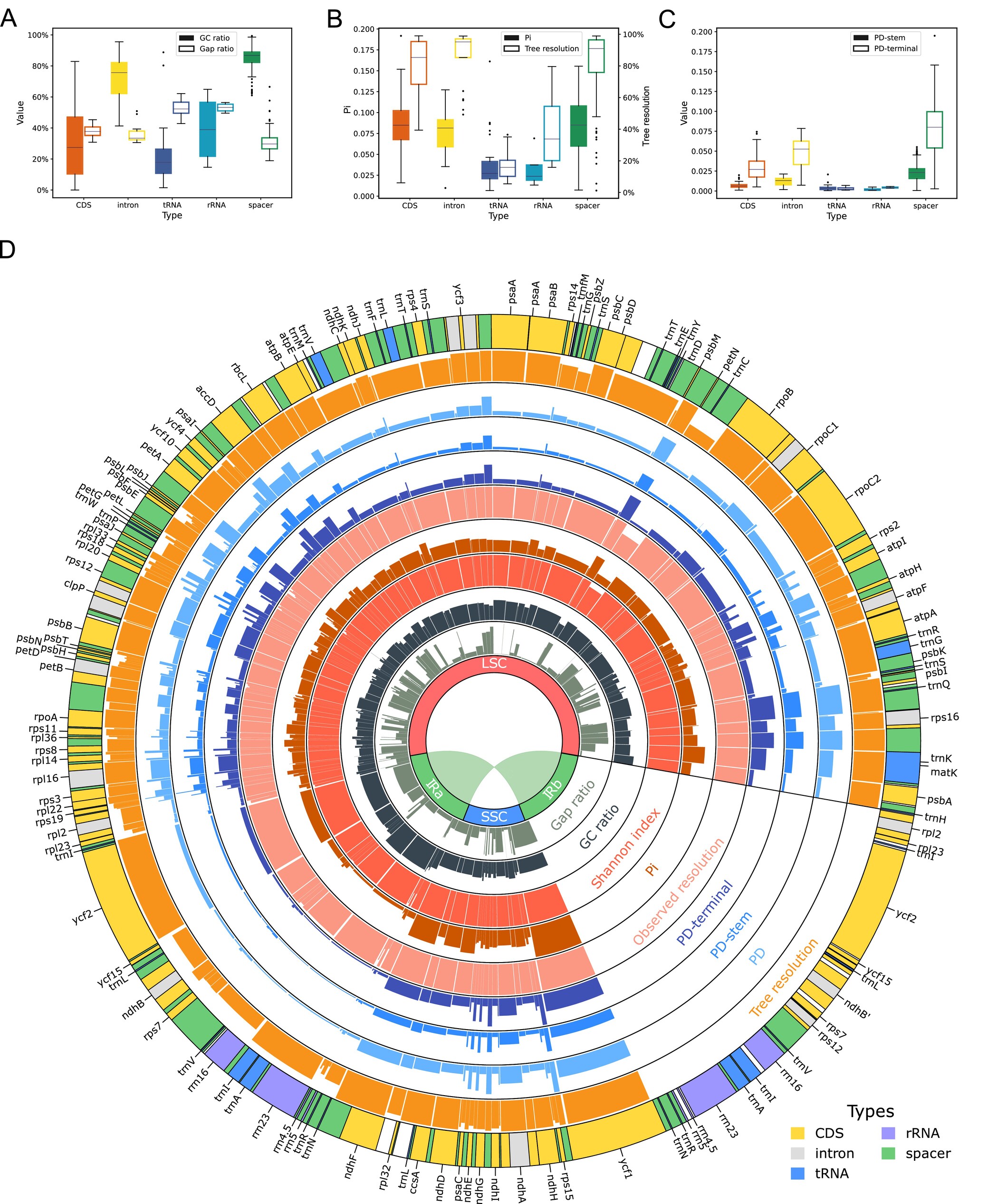
OGU: A Toolbox for Better Utilising Organelle Genomic Data
OGU (Organelle Genome Utilities) is an open-source Python tool suite for collecting, analysing, and visualising organelle genome data. The paper presents the tool alongside the results of their extensive benchmarking.
Project: https://github.com/wpwupingwp/OGU
Paper: https://doi.org/10.1111/1755-0998.14044

GrokLST: Towards High-Resolution Benchmark and Toolkit for Land Surface Temperature Downscaling (preprint)
GrokLST is an open-source Python project for land surface temperature (LST) estimation from satellite data. It includes a dataset for benchmarking and the PyTorch based toolkit implementing their novel algorithm alongside over 40 other approaches.
Project: https://github.com/GrokCV/GrokLST
Paper (preprint): http://dx.doi.org/10.48550/arXiv.2409.19835
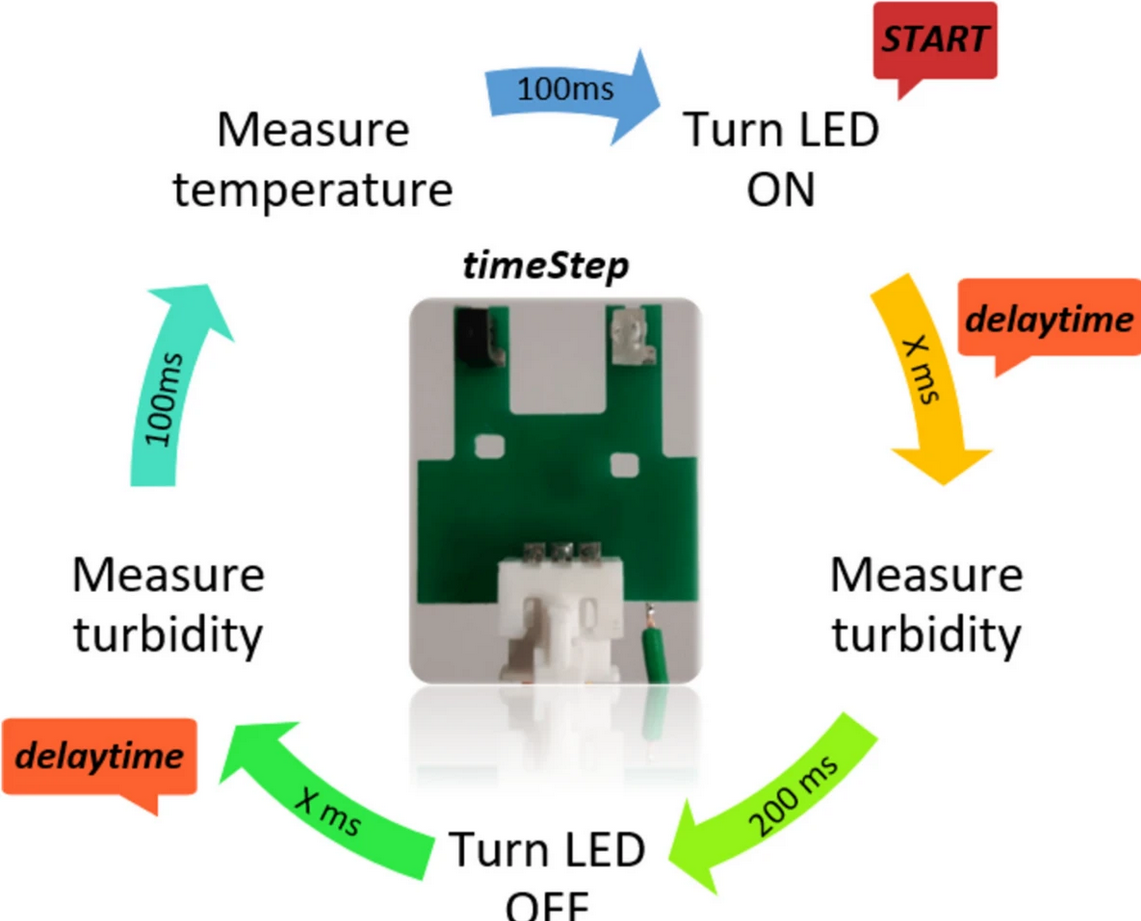
From dishwasher to river: how to adapt a low-cost turbidimeter for water quality monitoring
This paper presents an Arduino-based system for measuring turbidity. The authors compare the system with high-end commercial systems, and show that their hardware provides useful research data.
Project: https://github.com/mariagisi/Turbidity_01 (sadly just stl files so far, although the manuscript promises more, so maybe check again later?)
Paper: https://doi.org/10.1007/s10661-024-13327-1 (sadly not open)
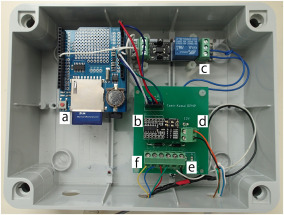
Open-source electronics Arduino platform for soil water measurement with the dual-probe heat-pulse (DPHP) method
This paper presents hardware (based on an Arduino Uno) for measuring water content in soil.
Project: despite having “open-source” in the title, the data is “available on request” - this puts this paper at the bottom of this list for now, boo
Paper: https://doi.org/10.1016/j.atech.2024.100637
Do you have a favourite ? Did I miss anything? Let me know in the comments!

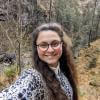


Add the first post in this thread.